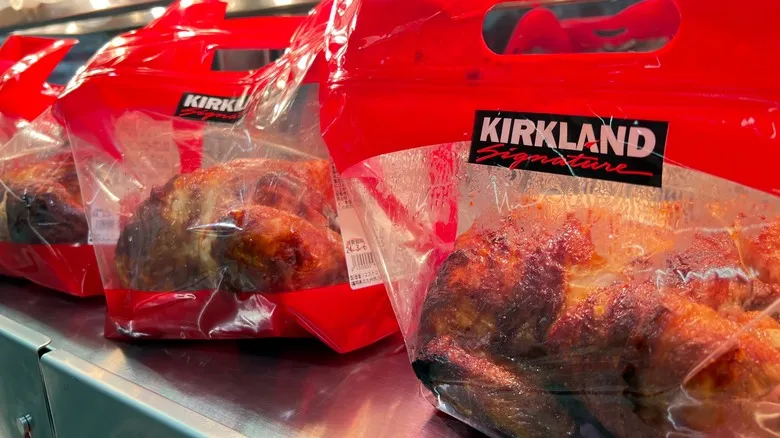How loss leaders work (sometimes)

It might seem illogical to sell a product at a loss, given that the primary aim of any business is to generate profit. However, there are instances where selling an item for less than its production cost can actually stimulate business growth. A loss leader is a marketing strategy that entails offering a product or service at a significantly reduced price compared to its actual value. This approach encourages customers to interact with the business, which may lead them to buy other, more expensive (and profitable) items. This is likely the reason Costco offers its rotisserie chicken at such a low price. The affordable roasted chickens attract customers, who are then more inclined to fill their large carts with additional products. Moreover, Costco operates on a membership basis, meaning shoppers pay just to enter the store.
This makes the low price of the rotisserie chicken not only feasible but also sustainable over many years. However, the same may not hold true for smaller businesses. The loss leader strategy can be quite risky, if not contentious, as it tends to benefit larger companies that can absorb financial losses. This can create challenges for emerging businesses that operate on tighter profit margins. Nevertheless, Costco's strategic implementation of loss leaders is a key component of its business model, extending to its popular food court. While Costco may produce its own hot dogs to reduce expenses, it would be surprising if the $1.50 price, which has remained unchanged since the 1980s, is actually profitable.
Not just a cheap chicken, but a tasty one
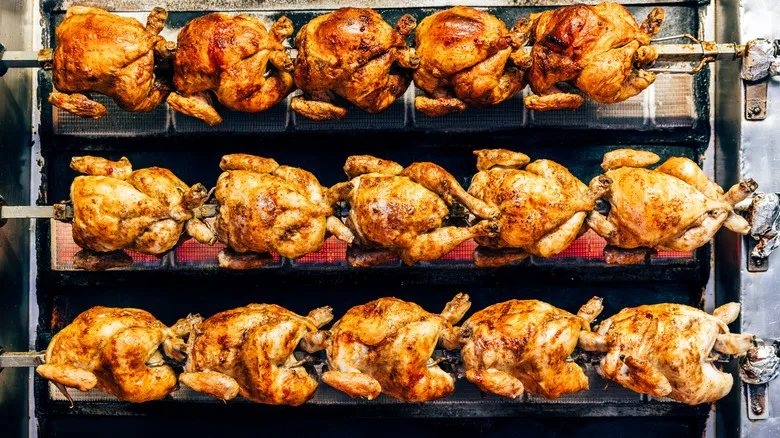
While a budget-friendly chicken is certainly appealing, the true allure of Costco's rotisserie chicken goes far beyond its affordable price. For years, Costco shoppers have lauded this product for its tenderness and robust flavor. So, what makes these popular rotisserie chickens so delicious? The answer lies in a few key factors.
First, before cooking, each chicken is infused with a saltwater solution, enhancing both its moisture and taste. This technique, known as "plumping," has been a well-established (and delicious) method in the poultry industry for many years.
Next, the cooking process itself plays a crucial role. Whole chickens are placed on a rotating spit, allowing the juices to drip down onto the lower spit, effectively basting the birds as they cook. This rotisserie method operates at a lower temperature and over a longer duration compared to many other cooking techniques, resulting in a more juicy and flavorful chicken.
Moreover, Costco ensures that their rotisserie chickens are removed from the shelves after just two hours, guaranteeing freshness. Anyone who has tasted one can vouch for its quality, often finding it so irresistible that they start enjoying it before even leaving the store. And if you're looking for a quick bite, you can always grab something from Costco's food court to hold you over.
Recommended
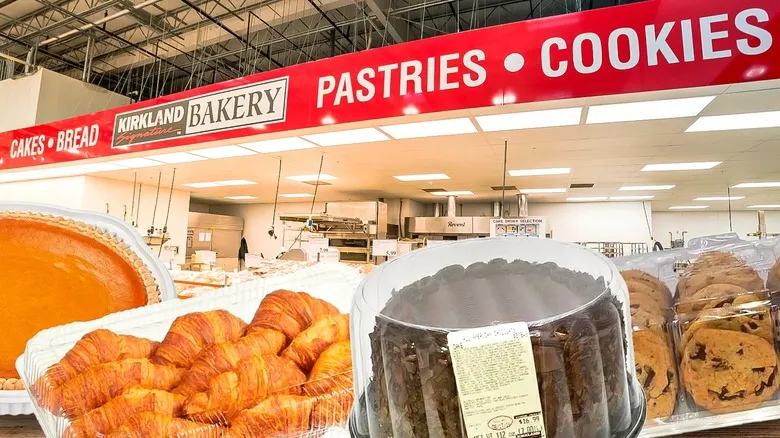
10 Costco Bakery Facts Only Super Fans Would Know
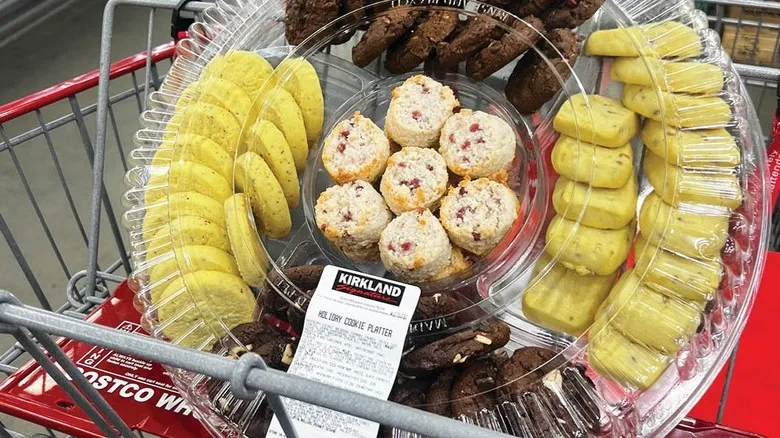
What You Should Know Before Buying Seasonal Goods At Costco
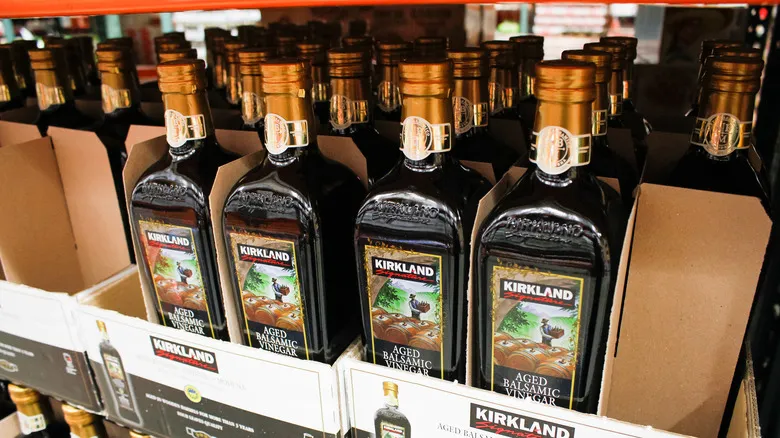
What Company Really Makes Costco's Kirkland Brand Balsamic Vinegar?
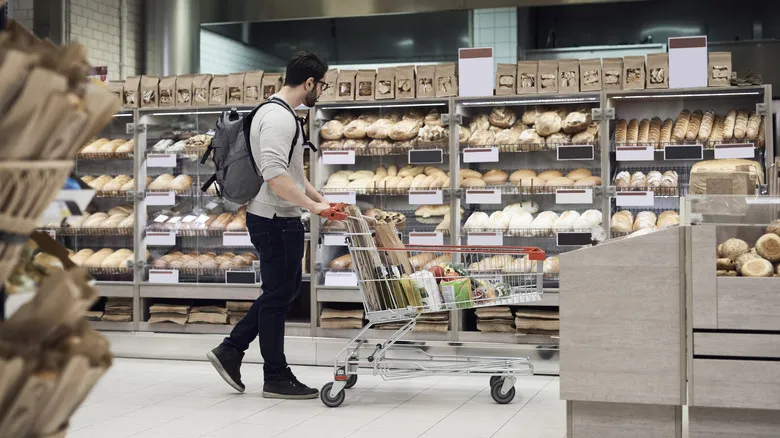
5 Grocery Stores That Always Offer Fresh Baked Goods
Next up

